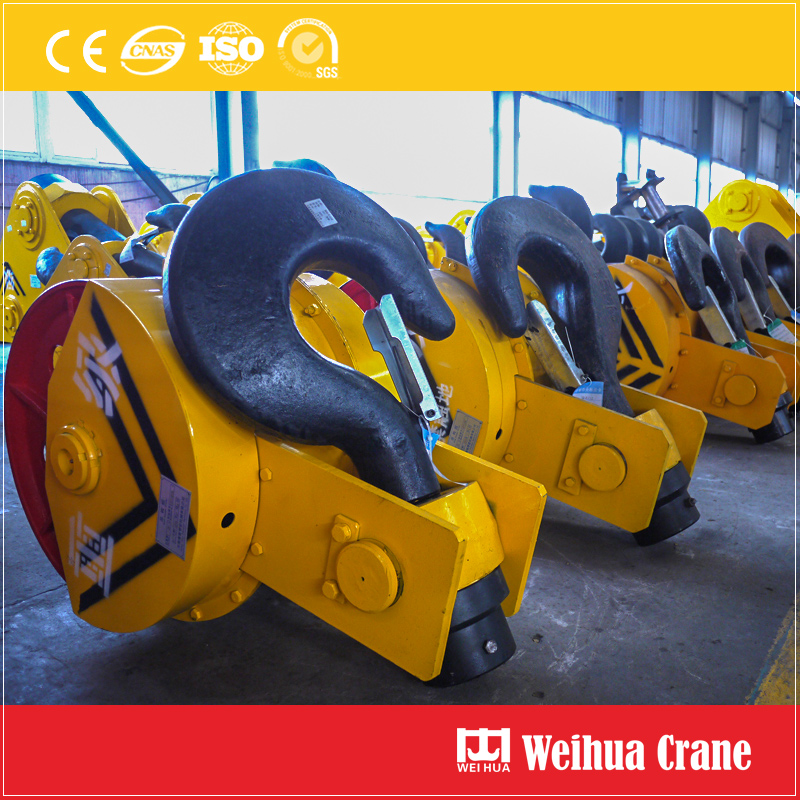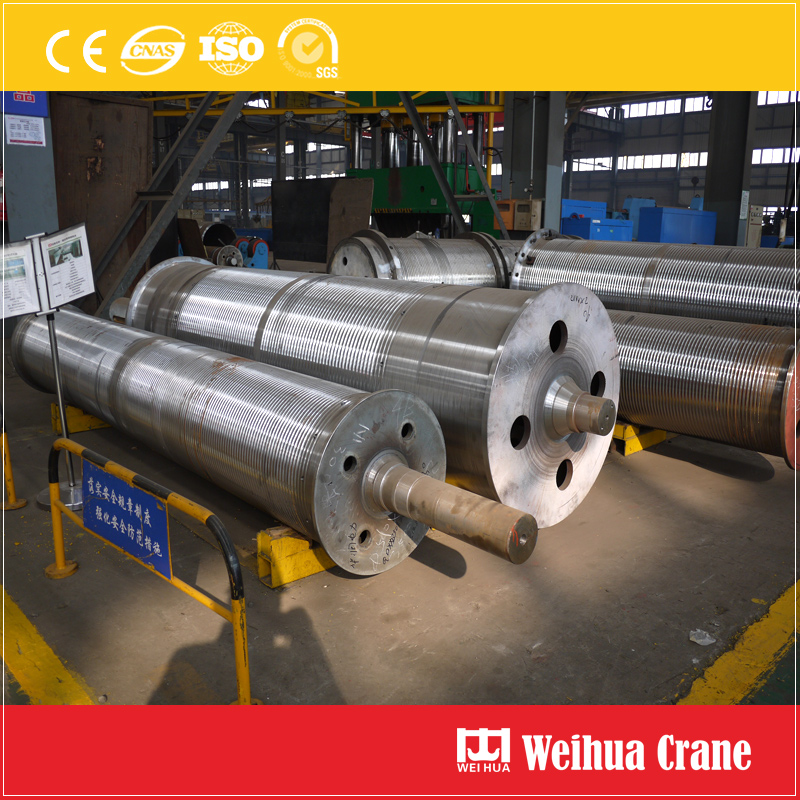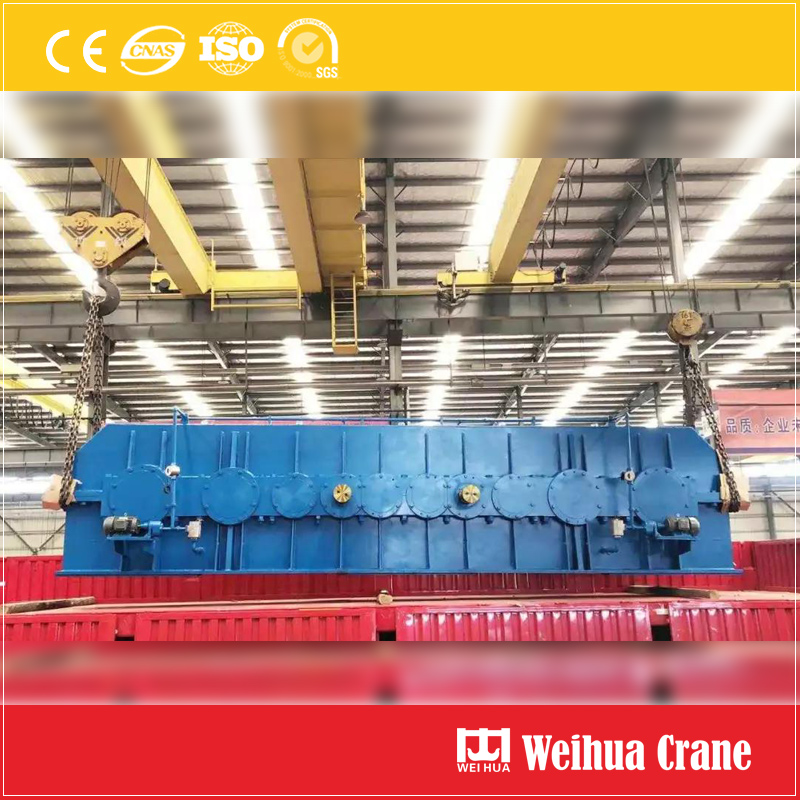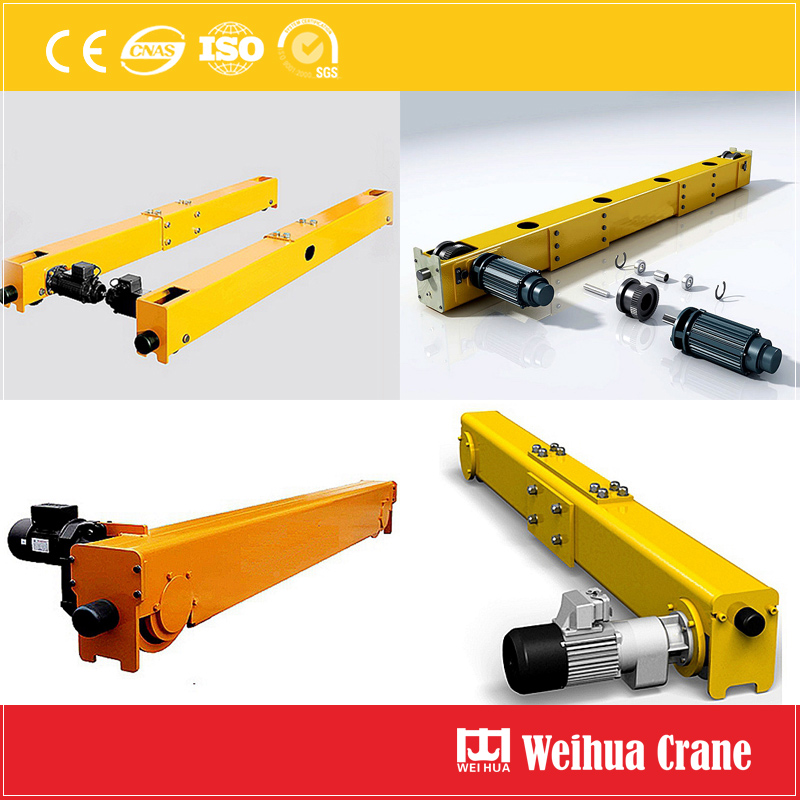As an industry on the wind, new energy vehicles are rapidly developing under the strong support of national policies. However, charging infrastructure construction is experiencing an unexpected embarrassment.
With the introduction of national and local government policies, the arrival of new energy vehicles in the spring, but the installation of charging piles is far less than the amount of electric vehicles, the growth rate of charging piles is also lower than the growth of sales of new energy vehicles, charging piles Construction has gradually become the "great cause" of entrepreneurs who want to catch up with the development of the industry.
However, if they want to fly on the air, they will not only face the difficult situation of landing in the business district, the unsatisfactory market operation and maintenance, but also undergo a rigorous and rigorous government subsidy application review; in addition, there are no big and small giants on the market. Standard melee chaos. If so, what are the chances for the new players? Can the new energy vehicle charging pile business supported by the policy be able to do it? Should we not do it? What should we do?
It is difficult to fall to the ground and the use of islands is seriously underutilized
In general, the construction of charging piles must take into consideration factors such as dense passenger flow and large usage volume. Therefore, commercial areas such as supermarkets, schools, hospitals, and tourist attractions are popular among charging pile companies.
However, in order to build piles in these areas, charging pile companies must open up links such as property, government and power sector. Due to the different situations in each region, the departments involved are not the same. Once there is a link in which the company fails to open, the construction project may be shelved.
At the same time, due to the multiple and scattered charging operators, there is information asymmetry between operators and users, and there are "isolated islands" formed by stock charging piles. The main reason why cars can't find piles or find piles is that they can't use them. This situation has caused many charging piles to be idle since the date of completion.
According to the data, by the end of 2017, the number of charging piles in our country has reached 450,000, of which 210,000 are public charging piles. However, in terms of utilization rate, most of the utility charging piles have been idled, and the utilization rate has been less than 15%, which has become a veritable " Zombie Pile."
A person in charge of a charging pile company said in an interview with reporters that at present, there are many reasons for the low utilization rate of charging piles in the market. On the one hand, the use cost of public charging piles is higher than that of households, and the parking fee in the city center is higher. The problem is that the charging cost exceeds the user's ability to bear, resulting in a low utilization rate to a certain extent. The other reason is that the phenomenon of parking of the fuel pile in the public area often occurs, which leads to the use of the charging pile to make use of it.
APP demons
In fact, most vehicle owners generally charge their batteries before they go out. However, no one can tell when an accident suddenly occurs. Therefore, when they go out, they will carry several stored charge cards and they will also have multiple mobile phone cards installed. Charge the APP so that you can find the nearest charging post in the shortest possible time. Of course, many charging station operators also anticipate this problem, and various charging apps have emerged.
At present, there are a variety of charging posts APP on the market, which on the one hand brings convenience to consumers, but at the same time also exposed many problems, such as inaccurate information of charging piles, inability to support a variety of operators, etc. all make the user experience effect Poor.
Pintu Business Review has learned that the public charging piles and dedicated charging piles on the market are operated by the government and enterprises respectively, but they use different charging cards or their own APP clients to pay. There is no uniform standard, and users will use them when they use it. Encounter many troubles.
Taking Beijing as an example, there are national grids and China Putian with large scale public charging station operators in the city, while smaller-scale satellite charging, rich-electricity technologies, special calls, etc. These operators need to use their own charging cards. And there is no interconnection between the mutual information, users can not find other charging pile information on a platform. Different operators, charging cards and charging standards used by charging piles are not the same.
In fact, there are not only quality issues but also safety issues in charging apps.
First of all, in terms of security, the charging station APP generally does not use a secure communication protocol, resulting in user data may be obtained through a variety of ways, such as payment account information, personal identification information, and so on.
Secondly, there are many phenomena such as suspended animation and flashback during the use of many APPs. Once suspended animation occurs, the charging cannot be stopped. Moreover, if the charging is completed and the charging gun is not correctly reset, there is a potential safety hazard.
The reporter downloaded the two APPs through the mobile phone for experience. According to one of the instructions, the nearest charging station was located in the nearby community, and non-residents could not use it; while the other APP appeared flashback, and the experience was not satisfactory. The quality of current charging piles is uneven, the technical threshold is low, and the charging safety is easily overlooked. These problems are inconvenient for users.
Poor operation, immature business model
After the charging piles are built, the biggest test is the operational capability.
The survey found that the main external components of the charging pile include a swipe area, a display screen, a charging gun, an emergency stop button, and an indicator light. Due to the high frequency of use, components such as swipe card, billing board, and charging module are prone to failure, in which the failure of the charging module is frequent.
It is understood that each charging module weighs over 50 kilograms and is divided into three types and each has its own IP address. It must be matched with the charging pile system. Therefore, it is necessary to detect the module failure point and module IP address before replacement, and then re-matching and debugging. , so it is not easy to operate.
In addition, the average service life of the charging module is about two years, but due to frequent use, coupled with the non-standard use of some owners and man-made damage in the open environment, resulting in greatly reduced service life of the charging module. Numerous factors have caused headaches for charging pile operators.
At present, many operators are aware of the failure of the charging pile through the network system monitoring. However, it is still not possible to monitor and report the failure status of each key module in real time, resulting in a lot of wasted work being consumed.
Moreover, during the software upgrade, many charging stations frequently experience the phenomenon that the two-dimensional code cannot be scanned. Once the scanning process has a stuck fault or stops charging for other reasons, the charge of the owner is frozen due to account protection.
It is also understood that at present, charging pile companies in China have not formed a mature business model. At present, the business model of China's charging facilities is diversified. Crowdfunding and sharing are gradually taking shape. Since there is no relevant business model for planning mature companies, many companies can touch the stone.
Government money is bad
From 2015 to 2017, the state has successively promulgated various policies to encourage the development of the charging pile industry. In order to promote the rapid development of the industry, the Ministry of Finance will directly allocate funds every year to provide construction subsidies for charging pile enterprises, and many domestic provinces and cities have also issued separate subsidies. Specific subsidy policies for the construction and operation of charging piles around the country. Based on this, many companies have turned their attention to the direction of the government in order to reduce profit pressure.
If you want to get government subsidies, companies need not only go through a layer of audit approval processes. At present, subsidies for charging infrastructure construction are mainly divided into state subsidies and local subsidies. There are two main aspects of the state subsidy policy. The first is the central government's awarding funds for the construction and operation of charging infrastructure, and the second is the special construction fund project sponsored by the National Development and Reform Commission.
In 2016, the Ministry of Finance, the Ministry of Science and Technology, the Ministry of Industry and Information Technology, the National Development and Reform Commission and the National Energy Administration jointly issued the “Notification on the 13th Five-Year Plan for New Energy Vehicle Charging Infrastructure Reward Policies and Strengthening the Promotion and Application of New Energy Vehiclesâ€. It is pointed out that the central government's awarding funds for charging infrastructure construction and operation are comprehensive awards for provincial and municipal governments that have relatively complete charging infrastructure and large-scale promotion and application of new energy vehicles. The funds are used to support the construction, operation and upgrading of charging facilities. Charging and replacement service network operation monitoring system construction and other related fields.
In addition, the reporter learned that some local governments have issued special documents to strictly regulate the conditions for the identification of operating centralized charging facilities.
For example, in Shanghai, the capacity of the electrical equipment used for the charging and swapping facility needs to be not less than 350 kW, and at least three DC charging piles (with a single power of not less than 30 kW) shall be installed; Shenzhen shall be installed in accordance with charging facilities (stations, piles, and installations). Power, to 600 yuan / kilowatt subsidies for DC charging equipment, AC charging equipment to give 300 yuan / kilowatt subsidies, but at the same time require a single operator to build the total power of charging piles to reach 8000KW can apply for subsidies.
At present, "subsidized operation" has become the trend of the industry. However, as a whole, the state's subsidy for charging piles is mainly concentrated in the construction stage. There is still great difficulty in the promotion of subsidy based on the amount of charging.
There are generally two sources of electricity used by charging pile enterprises. One is to directly use the electricity from the State Grid Corporation to use electricity directly, and the other is to use the property electricity in the area where the charging pile is located, and the two types of electricity are significantly different in price. .
For charging pile companies, if large industrial electricity can be used, the operating cost can be controlled within a relatively ideal range, which will be more competitive for the company's profitability and for attracting consumers with lower prices.
However, the prerequisite for enjoying the large industrial electricity price is to report directly to the power grid operating companies the electricity license for the commercial centralized charging and discharging facilities with electricity, which is not easy for charging pile enterprises other than the State Grid and China Southern Power Grid. .
Write last
A series of favorable policies has attracted many companies to join the market, which also makes many people think that now is an important opportunity to seize the market. However, as more and more players enter the market and capitals are busy rushing around, the current construction of charging piles is still facing various problems such as cars, land, electricity, piles, and nets.
Of course, if there is a problem, there will inevitably be a solution. Then the company can fly on the air. Under the current wave of "smart travel", the future charging infrastructure market will inevitably evolve from the current "scattered, chaotic, and small" gradually to a perfect industrial ecological pattern.
Crane mechanical parts are main component parts of a crane. A mechanical part can be a crane gear box, Overhead Crane end carriage, crane wire rope guide, crane wheel, crane bearing, crane wire rope, crane pulley, crane wire rope drum, crane coupling, crane hook, etc. As a leading lifting equipment manufacturer in China, besides variety of cranes, Weihua also provide all kinds of high quality crane mechanical parts, crane Electric Parts and other Crane Accessories. You won't fail to find the right Crane Components in Weihua.

Weihua makes high quality crane components, or purchases from China top class brands and world famous brands. With 31-year experience, Weihua products export to 110 countries such as Russia, Thailand, Malaysia, Egypt, Saudi Arabia, Parkistan, the Philippines, Mexico, etc. We have confidence to provide the professional solutions for you. Our success is from customers' success. Welcome to visit Weihua.




Mechanical Parts,Wire Rope For Crane,Wire Rope For Hoist,Crane Hoist Wire Rope
Henan Weihua Heavy Machinery Co., Ltd. , https://www.weihuacranefactory.com